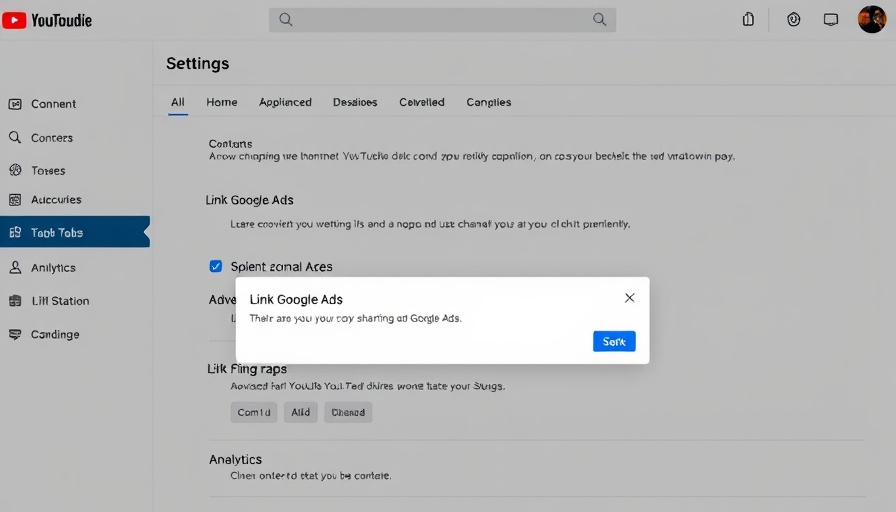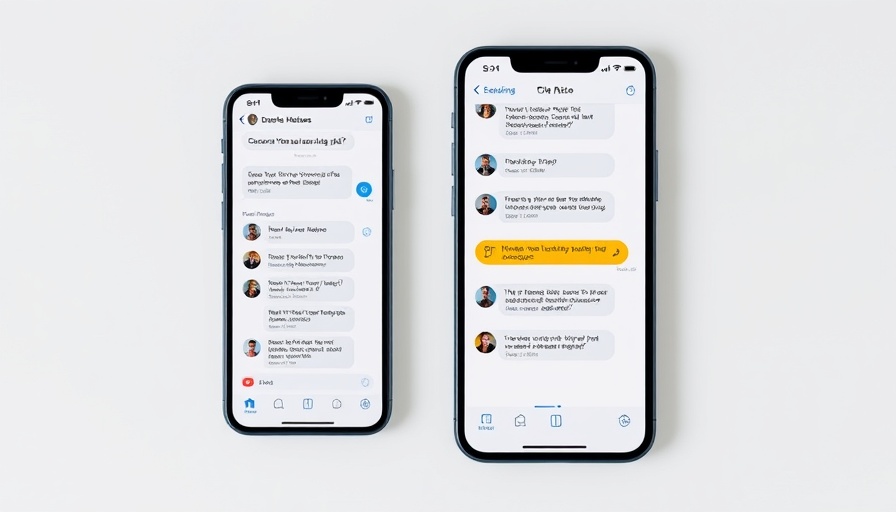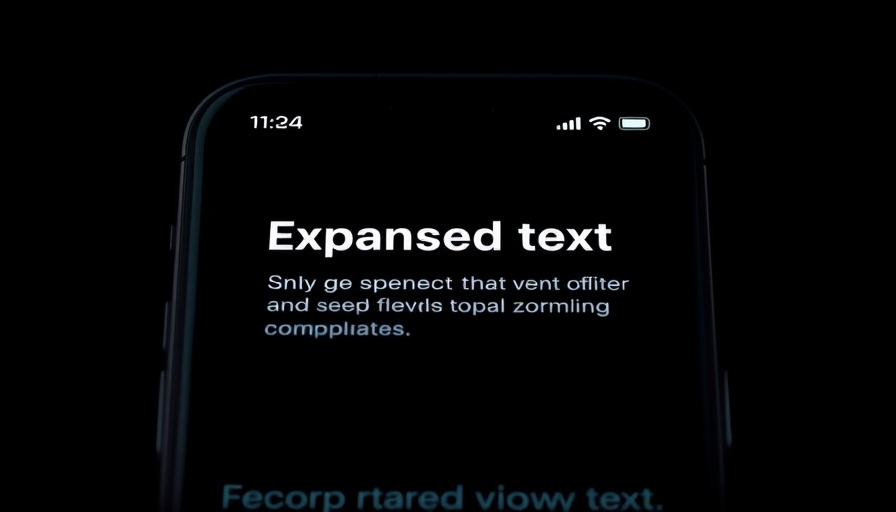
YouTube's New Data Sharing: What Parents Need to Know
YouTube has recently rolled out a new feature allowing creators to share their channel's performance data with brand partners. This change aims to enhance monetization opportunities for creators while providing brands with the necessary insights to make informed advertising decisions. But what does this mean for parents with children engaging in the YouTube ecosystem?
Understanding YouTube's New Features for Creators
The new setting allows channel managers within the YouTube Partner Program (YPP) to share aggregated data concerning their audience. This includes metrics like subscriber counts, views, likes, comments, and audience demographics, such as age and location. By harnessing this information, brands can effectively assess potential partnerships with creators who align well with their marketing goals.
YouTube has emphasized that the feature operates under the principle of transparency. The data sharing capability is switched off by default, ensuring that creators maintain control over what information they choose to disclose. This promotes a safer environment for both creators and their audiences, especially children, by limiting unwanted exposure.
The Growing Creator Economy and Its Implications for Families
As the creator economy continues to expand, more brands are eager to connect with YouTube influencers. This trend can lead to a flow of engaging and educational content for kids. However, it is crucial for parents to recognize that while the content might be entertaining, creators will be motivated to track their performance and growth, which could influence the type of content they produce.
Parents should engage in conversations about their children's online viewing habits. Encourage them to think critically about sponsored content, what it means for their favorite creators, and how advertising affects viewing choices. Skills such as media literacy can help children navigate these new landscapes responsibly.
How This Affects Online Privacy and Child Safety
The essence of YouTube's new updates towards data sharing is not solely centered on monetization; it's also significantly tied to online privacy and child safety. With brands having access to aggregated audience insights, there are concerns over how this data might influence marketing targeted at children.
YouTube reassures that aggregated data—as opposed to individual personal data—will remain protected. The aim is to keep audiences safe while still enabling creators to thrive. Still, parents should be vigilant and stay informed about YouTube's policies regarding data protection and how they may evolve. This is a vital step in safeguarding children’s online experiences.
Tips for Parents on Navigating This New Landscape
1. **Stay Engaged**: Monitor your child's YouTube consumption. Discuss the kind of channels they follow and what messages are being conveyed.
2. **Educate About Sponsored Content**: Talk to your children about advertisements and how influencers might incorporate promotions into their videos.
3. **Explore YouTube Together**: Watch videos alongside your children. This creates an opportunity for dialogue and helps build trusting communication.
4. **Set Guidelines**: Establish guidelines for screen time and content types, ensuring a balance between educational materials and entertainment.
Conclusion: Empowering Parents in the Digital Age
YouTube's recent updates signify a shift in how creators interact with brands and, by extension, audiences. For parents, these changes highlight the importance of participating in their children's digital lives and fostering discussions around the content they consume. By staying informed, parents can help their children navigate the complexities of digital media safely and responsibly.
As YouTube continues to evolve, keeping children safe online means understanding how these platforms work and encouraging critical thinking about the content they engage with.
 Add Row
Add Row  Add
Add 




Write A Comment